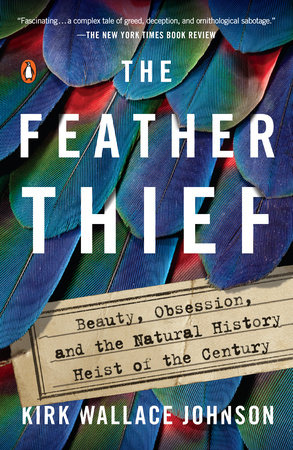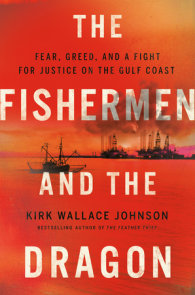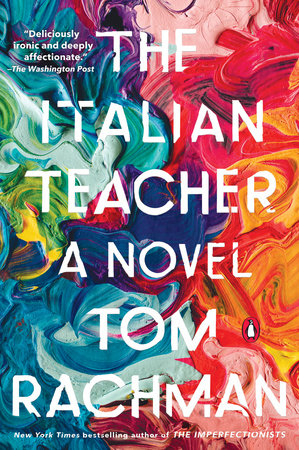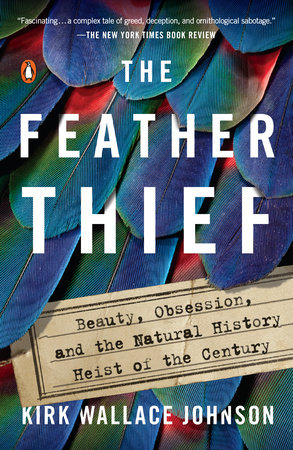

The Feather Thief
By Kirk Wallace Johnson
By Kirk Wallace Johnson
By Kirk Wallace Johnson
By Kirk Wallace Johnson
By Kirk Wallace Johnson
Read by MacLeod Andrews
By Kirk Wallace Johnson
Read by MacLeod Andrews
Category: Science & Technology | True Crime | Travel
Category: Science & Technology | True Crime | Travel
Category: Science & Technology | True Crime | Travel | Audiobooks

-
$18.00
Apr 23, 2019 | ISBN 9781101981634
-
Apr 24, 2018 | ISBN 9781101981627
-
Apr 24, 2018 | ISBN 9780525530060
485 Minutes
Buy the Audiobook Download:
YOU MAY ALSO LIKE

Impossible Views of the World
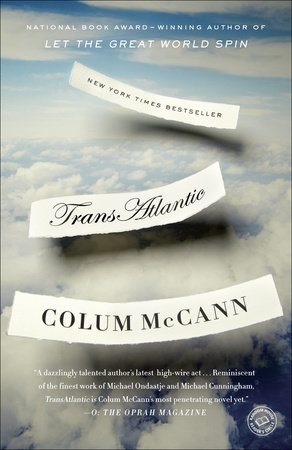
TransAtlantic
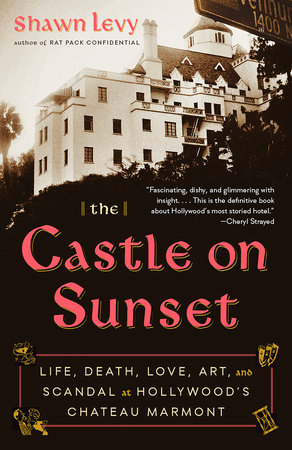
The Castle on Sunset
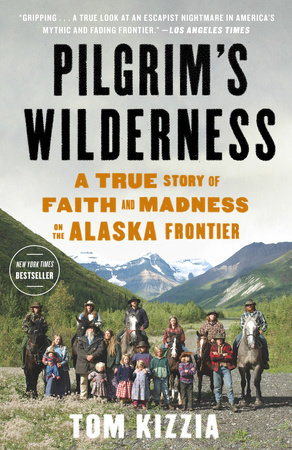
Pilgrim’s Wilderness
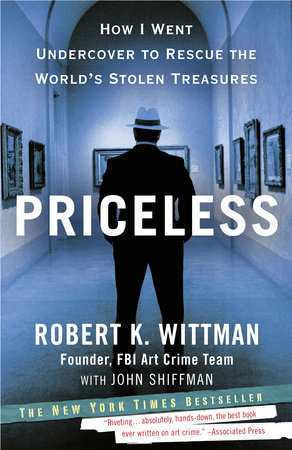
Priceless
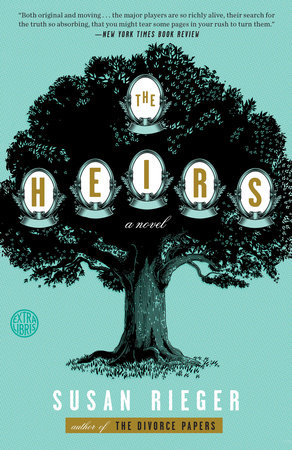
The Heirs
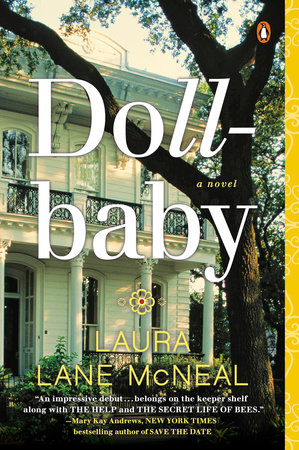
Dollbaby
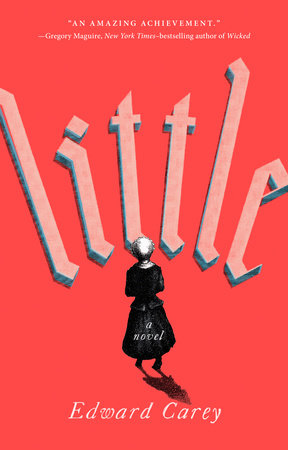
Little
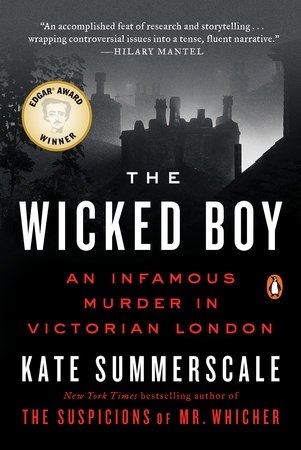
The Wicked Boy
Praise
“Fascinating . . . a complex tale of greed, deception, and ornithological sabotage.”
—The New York Times Book Review
“Fascinating from the first page to the last—you won’t be able to put it down.”
—Southern Living
“A fascinating book . . . the kind of intelligent reported account that alerts us to a threat and that, one hopes, will never itself be endangered.”
—The Wall Street Journal
“Thrilling . . . This book is The Orchid Thief for the fly-fishing and birding set.”
—Paris Review, “Staff Picks”
“Johnson, like Susan Orlean before him, is a magnifier: he sees grand themes—naïveté, jealousy, depression, the entitlement of man . . . That vision makes a book about things like Victorian salmon fly tiers feel heavy as gold.”
—The New Yorker, “What We’re Reading This Summer”
“[A] true-crime caper recounted with relish.”
—O, The Oprah Magazine, “10 Titles to Pick Up Now”
“Vivid and arresting . . . Johnson [is] a wonderfully assured writer.”
—The Times (London)
“One of the most peculiar and memorable true-crime books ever. . . . Johnson is an intrepid journalist . . . [with] a fine knack for uncovering details that reveal, captivate, and disturb.”
—Christian Science Monitor
“An uncommon book . . . [that] informs and enlightens. . . A heist story that manages to underline the enduring and continuing importance of natural history collections and their incredible value to science. We need more books like this one.”
—Science
“The best compliment I can give a nonfiction writer is that they make me care deeply about an obscure topic I would otherwise never have been interested in. That’s the case with Kirk Wallace Johnson’s The Feather Thief.”
—Eva Holland, Outside, “The Best Summer Books”
“A fascinating account of a bizarre crime . . . The Feather Thief is one of the more peculiar and gripping crime stories in recent memory.”
—LitHub CrimeReads, “The Essential True Crime Books of Spring 2018”
—Outside
“A riveting read.”
—Nature
“A literary police sketch—part natural history yarn, part detective story, part the stuff of tragedy.”
—Smithsonian
“Within pages I was hooked. This is a weird and wonderful book . . . Johnson is a master of pacing and suspense . . . It’s a tribute to [his] storytelling gifts that when I turned the last page I felt bereft.” —Maggie Fergusson, The Spectator (London)
“A riveting story about mankind’s undeniable desire to own nature’s beauty and a spellbinding examination of obsession, greed, and justice . . .[told] in engrossing detail. . . . A gripping page-turner.”
—Bustle
“Enthralling.”
—HelloGiggles
“Richly informative, with handy illustrations, endlessly fascinating and crackingly entertaining, The Feather Thief is the kind of true-crime narrative that gives Erik Larson’s much-lauded The Devil in the White City a run for the money.”
—Shelf Awareness
“Highly entertaining . . . journalism at its best . . . If you know nothing about fly-fishing or tying, it doesn’t matter, as long as you like a well-written story.”
—Karen Gallagher, The Baltimore Sun‘s Roughly Speaking podcast
“Reads like a whodunit . . . I could not put it down.”
—Tom Rosenbauer, The Orvis Fly Fishing Guide Podcast
“This is the type of book I absolutely love – one that takes a seemingly obscure topic and shines a brilliant and bizarre and endlessly fascinating light upon it. The crime itself is riveting, but Kirk Wallace Johnson’s portrayal of the crazy world of feather fanatics makes this an unforgettable read.”
—Michael Finkel, author of The Stranger in the Woods
“Captivating…Everything the author touches in this thoroughly engaging true-crime tale turns to storytelling gold. . . . Johnson’s flair for telling an engrossing story is, like the beautiful birds he describes, exquisite. . . . A superb tale about obsession, nature, and man’s ‘unrelenting desire to lay claim to its beauty, whatever the cost.’”
—Kirkus Reviews, Starred Review
“[An] enthralling account of a truly bizarre crime. . . . Johnson goes deep into the exotic bird and feather trade and concludes that though obsession and greed know no bounds, they certainly make for a fascinating tale. The result is a page-turner that will likely appeal to science, history, and true crime readers.”
—Publishers Weekly, Starred Review
“A remarkably compelling story of obsession and history.”
—Booklist, Starred Review
“You’ll never look at a feather the same way again after reading this riveting detective story . . . [The Feather Thief] brilliantly weaves together Alfred Russel Wallace, the surprisingly shadowy history of fly fishing, conservation and the plumage of the most beautiful birds on earth.”
—The Bookseller (UK)
“A true-crime tale that weaves seemingly unrelated threads—a museum break-in; the development of evolutionary theory; a case of post-Iraq PTSD; endangered birds; and (above all) the murky underworld of fly-tying obsessives—into a spellbinding narrative tapestry.”
—Mark Adams, author of Turn Right at Machu Picchu
“A captivating tale of an unlikely thief and his even more unlikely crime, and a meditation on obsession, greed, and the sheer fascination in something as seemingly simple as a feather.”
—Paul Collins, author of The Murder of the Century
“A stirring examination of the devastating effects of human greed on endangered birds, a powerful argument for protecting our environment—and, above all, a captivating crime story.”
—Peter Wohlleben, author of The Hidden Life of Trees
“This gem of a book, about a heist of archival birds, is marvelous, moving, and transcendent. I can’t stop thinking about it.”
—Dean King, author of Skeletons on the Zahara and The Feud
—Elizabeth Marshall Thomas, author of The Hidden Life of Dogs
21 Books You’ve Been Meaning to Read
Just for joining you’ll get personalized recommendations on your dashboard daily and features only for members.
Find Out More Join Now Sign In






